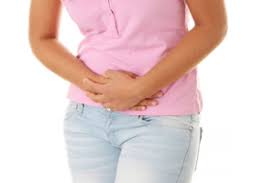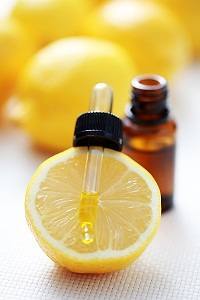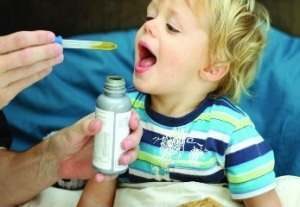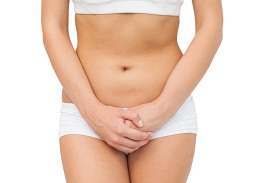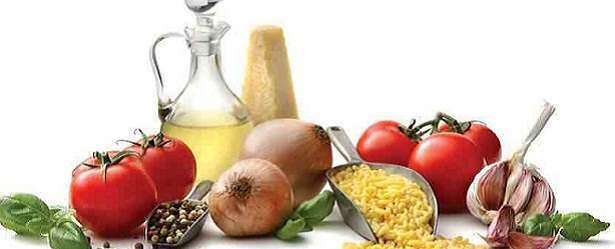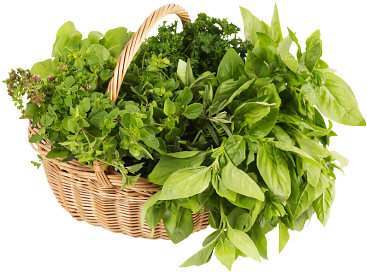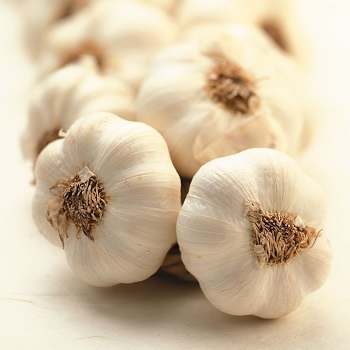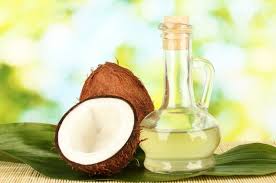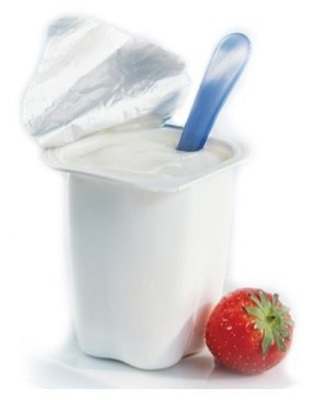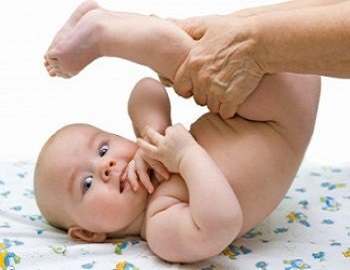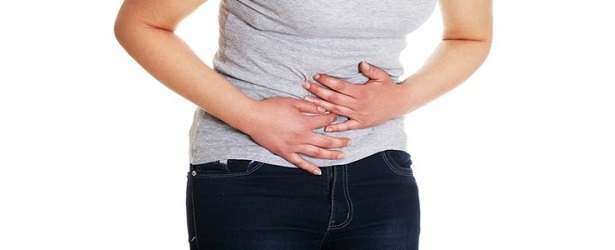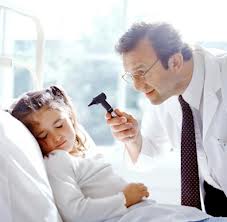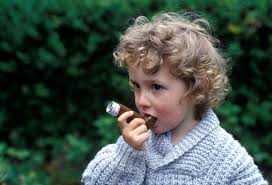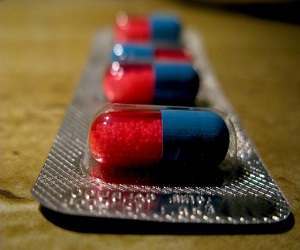Preventing Candida Infection
Keeping the body clean is the simplest, yet effective way to make sure that there is little chance for yeast overgrowth or candida infection. Nevertheless, yeast, fungi, or candida do occur naturally in the body. To some extent, it helps the body in balancing other microorganisms to keep the body healthy. Believe it or not, yeast is part of the overall immune system. Be that as it may, it can also become a problem if the growth becomes uncontrollable, especially when it occurs internally, particularly in the digestive tract.
Yeast infection normally happens when the immune system has been compromised due to an underlying disease or medical condition as well as prolonged intake of strong medications and antibiotics. Keeping a healthy digestive system helps a lot in enhancing the immune system. The digestive tract is the site of nutrient absorption from the food intake and/or supplements. A balance in the digestive system or the intestine will be able to moderate growth of yeast, provided that it is in perfection condition. Taking anti-fungal medication or simply eating foods rich in anti-fungal properties as well as those less in sugar or glucose can create a good digestive tract.
Watching the Diet and Food Intake
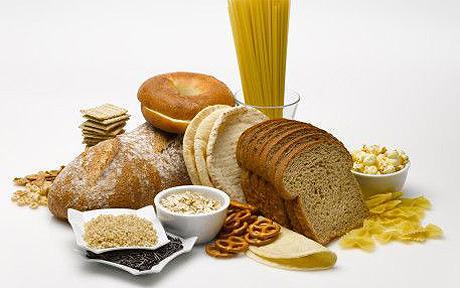 Eating too much carbohydrate-rich food like bread and white rice definitely encourages yeast to grow faster. Cutting down on carbohydrates in the daily diet helps control the growth of yeast since they then get starved. You should not necessarily remove carbohydrates from the daily food intake in full, however, because the body also needs it for energy.
Eating too much carbohydrate-rich food like bread and white rice definitely encourages yeast to grow faster. Cutting down on carbohydrates in the daily diet helps control the growth of yeast since they then get starved. You should not necessarily remove carbohydrates from the daily food intake in full, however, because the body also needs it for energy.
Carbohydrates can be derived from other food sources as well like those from vegetables; this yields complex carbohydrates. If this is hard to keep up, minimize the carbohydrate intake instead of making it the main part of each meal. Go for whole grains instead of the usual bread or rice. This helps the body get the right amount of carbohydrates without complementing the yeast.
Carbohydrates are made of starch, and this is converted by the body to sugar or glucose by which the body gets the energy and the food for the yeast. Other food can also make the yeast grow faster and uncontrollably by weakening the digestive system and making it congested. Some of these foods include:
- Cultured molds (as food additives)
- Non-organic vinegar
- Mushrooms
- Bacon
- Ham
- Preserved or Instant food
- Nuts (dried and roasted)
- Wine
These are just a few of the foods that can compliment yeast in the body. When the immune system is functioning well, or if the body is free from any medical condition or diseases that weakens it, then these foods are not an inherent problem. Diseases like Acquired Immune Deficiency Syndrome (AIDS) caused by Human Immunodeficiency Syndrome (HIV), Crohn’s Disease, and Rheumatoid Arthritis can weaken such immunity. Nevertheless, it is better to refrain from eating these kinds of food whenever there is a high risk for yeast infection.
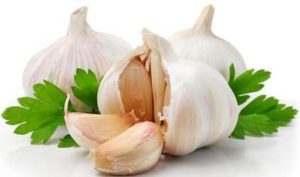 While some foods should be avoided, others are helpful or beneficial like garlic and yogurt. Garlic has anti-fungal and anti-viral properties that help the overall condition of the immune system. It can directly treat or resolve yeast overgrowth inside of the body.
While some foods should be avoided, others are helpful or beneficial like garlic and yogurt. Garlic has anti-fungal and anti-viral properties that help the overall condition of the immune system. It can directly treat or resolve yeast overgrowth inside of the body.
Eating yogurt as part of the daily diet can also minimize the risk of treating the yeast infection because the lactobacillus of the yogurt consumes the yeast. Taking vitamins A, C, and E, as well as glutamine, iron, selenium, and zinc also helps enhance the immune system.
Consult your Doctor for the Best Treatment
Above all these suggestions, consult a doctor to get the right diagnosis and the best treatment. Getting an accurate diagnosis will help the doctor prescribe and suggest the best treatment possible to eliminate the yeast infection as well as to resolve any underlying causes of the infection. If you are on medication, let the doctor examine your overall condition to make sure that the suggested diet and supplements will not interfere with the effectiveness of preexisting medical treatments or medications.

 Subscribe Now
Subscribe Now





